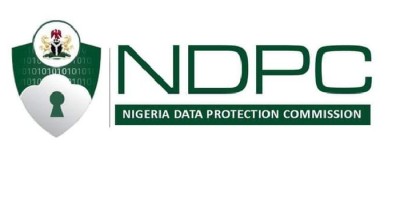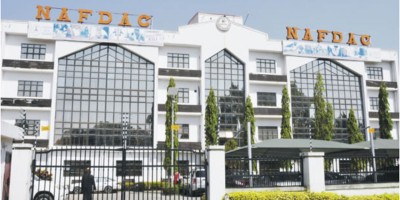Way Out Of Recession Series: Rethinking Infrastructure Development
Posted on Tue 21 Feb 2017
- Download Resource
Presently, different mechanisms for infrastructure financing have been created and used in Nigeria while reforms of the extant legal and regulatory framework for doing business are ongoing to establish new ones. Whilst these efforts provide a veritable ground for the growth of PPP initiatives, more however needs to be done by the government, to attract the appropriate quality and quantity of investment to stimulate the infrastructural development required. Currently, the following financing models are available to investors in Nigeria:
-
DEBT FINANCING & INFRASTRUCTURE BONDS
Opportunities abound in the capital market (domestic and international), for governments at all levels as well as corporate entities/firms of developers, for raising funds for infrastructure development. Structured money and capital market instruments such as bonds and debt instruments are tested private-sector driven vehicles of financing infrastructure projects, the world over.
There are examples of projects that were successfully financed with debt capital in the recent past. The design, construction and operation of a Multipurpose Terminal Facility at the Apapa Port in Lagos was undertaken by a Nigerian investor-company, financed with a US$171 million Term Loan Facility provided jointly by the Africa Finance Corporation (AFC) and a Nigerian bank. The US$300 million Greenfield project for the development of the Tinapa Free Trade Zone in Calabar is another infrastructure financed through debt instrument. Similarly, most of the successful bidders for the various electricity distribution companies (DISCOs), who emerged from the Nigerian power sector privatization process, financed their acquisition of these power infrastructures, through debts instruments.
According to Nigeria’s Debt Management Office (DMO), the country has an immediate borrowing plan for infrastructure projects encapsulated in the US$4.5 Billion Federal Government Medium Term Note (FGMTN) Programme 2016 – 2018, out of which US$1 billion Eurobond was successfully issued to investors from the international capital market in early February. In addition to this, the government is looking to borrow about US$30 billion from international creditor-nations and organizations to fund targeted projects cutting across all sectors of the economy with special emphasis on infrastructure, agriculture, health, education, water supply, growth and employment generation.
There are also opportunities for raising funds in the domestic Debt Capital Market (“DCM”), through projects-tied sovereign debt instruments. In this area, a lot of work has been done by the Securities and Exchange Commission (“SEC”). The SEC in its “Consolidated Rules 2013” provides for the issuance of Fixed Income Securities such as Governments’ Bonds, Corporate Bonds, Supra-national Bonds and Sukuk Instruments. In 2014, the SEC Nigeria issued the “Rule on Infrastructure Funds”. Apart from the FGN, some States in Nigeria including Lagos, Niger and Osun have approached the DCM to raise infrastructure development funds through the issuance of bonds and sukuk instruments. In order to enhance the liquidity of sub-national debt instruments and consequently boost state governments’ capacity for raising funds in the domestic DCM, the Central Bank of Nigeria (“CBN”) issued in October 2016, the “Guidelines for Granting Liquid Asset Status to Sukuk Instruments issued by State Governments”.
All is therefore now set, for the government to take full advantage of capital market debt instruments as a special purpose tool in partnering with the private sector, to attract the huge capital needed for developing critical infrastructure which apparently cannot be met by government’s fiscal provisions alone.













